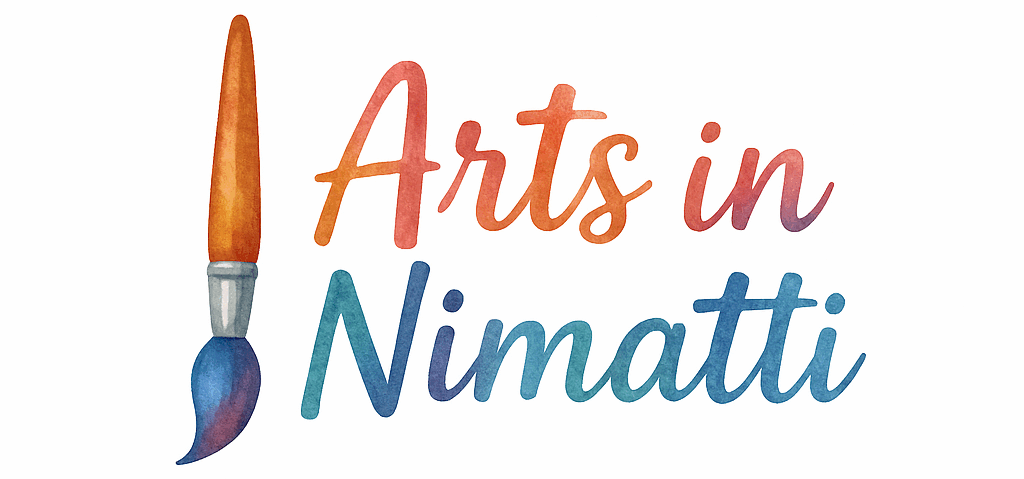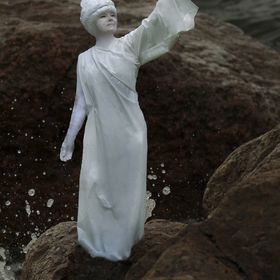Watercolor is one of those magical mediums that feels both peaceful and expressive. If you’re new to painting, you’re in the right place. Let’s unlock your creativity with 10 easy watercolor techniques every beginner should try—no experience needed!
Why Watercolor is Perfect for Beginners
Think of watercolor as the “friendly neighbor” of painting mediums. It’s forgiving, low-cost, and doesn’t need fancy gear. Plus, it lets you make beautiful art even if you’ve never held a brush before. Win-win, right?
What You Need to Get Started with Watercolors
Basic Supplies You’ll Love
You don’t need a massive art studio. Here’s your starter kit:
- Watercolor paints (tubes or pans)
- Watercolor paper (140 lb or more)
- A palette or plate for mixing
- A couple of good brushes (round and flat)
- A water jar
- Paper towels or a rag
Optional Tools That Can Help
These can level up your game:
- Masking tape
- Salt
- White gel pen
- Spray bottle
- Hairdryer
For more in-depth advice on art materials, you can check out the art techniques section of Arts in Nimatti.
1. Flat Wash Technique
How to Do It
Dip your brush into diluted paint and cover the paper in a smooth, even stroke. Keep moving before it dries—this keeps it seamless.
When to Use It
Perfect for skies, backgrounds, and big areas needing one solid color.
2. Graded Wash Technique
Mastering the Gradient
Start with a saturated color and keep adding water as you move down the page. It creates a fade from dark to light that feels like visual poetry.
Practical Applications
Great for sunsets, oceans, or anything that transitions naturally in tone.

3. Wet-on-Wet Technique
Creating Dreamy Backgrounds
Wet the paper first, then drop in watercolor. Watch it spread and dance—this technique is unpredictable and beautiful.
What to Watch Out For
Too much water can cause blooms (unwanted edges), but with practice, you’ll control it like a pro.
Explore creative habits to improve control and flow in your painting sessions.
4. Wet-on-Dry Technique
Precision is Key
Paint directly onto dry paper for crisp, clean edges. This is your go-to for detail work and layering.
Best for Sharp Details
Use it for lettering, outlines, or defined shapes. Combine it with wet-on-wet for contrast magic!
5. Dry Brush Technique
Adding Texture
Lightly dip a dry brush in paint and drag it over dry paper. It gives a scratchy, textured look.
Using the Right Brush
A stiff-bristled brush works wonders here. Try this for rocks, trees, and fabric texture.
Need more inspiration? Visit the artist lifestyle blog for pro-tips from watercolor artists.
6. Lifting Technique
Fixing Mistakes or Adding Highlights
Messed up? No problem! Use a damp brush or paper towel to lift paint. It’s like the “eraser” of watercolor.
Tools That Help with Lifting
Try a clean sponge, Q-tip, or even a tissue. It’s especially helpful for highlights on shiny surfaces.
7. Splattering Technique
Controlled Chaos
Flick the brush to splatter paint on the paper. It sounds messy—and it is—but in the best way.
Great for Energy and Texture
Use this technique for stars, sand, or adding fun energy to your painting.
Check out some fun art tutorials that explore this method in detail.
8. Salt Texture Technique
Magical Effects with Table Salt
While your paint is still wet, sprinkle some salt on it. As it dries, it creates stunning crystal-like textures.
Tips for Best Results
Use coarse salt for bigger textures and fine salt for delicate ones. Timing is everything—don’t wait too long!
9. Sgraffito Technique
Scratching the Surface
Use a toothpick or the back of your brush to scratch lines into wet paint. The color pools around the scratch marks, creating cool textures.
Best Tools for Sgraffito
Try paper clips, palette knives, or bamboo skewers. Each gives a different look.
Explore the art history behind this classic etching technique for more depth.
10. Negative Painting Technique
Paint Around Your Subject
Instead of painting the object, paint around it. Leave the subject white or lighter for a reversed effect.
Building Depth and Contrast
This is a game-changer for adding depth to florals, trees, and abstract shapes.
Want to take your skills further? Join one of the many art classes listed on Arts in Nimatti.
Blending Techniques for Smooth Transitions
Blending is what makes watercolor sing. Load your brush with clean water and feather edges where two colors meet. The key? Don’t overwork it!
Layering and Glazing Tips
Let each layer dry completely before adding another. This builds up beautiful transparency and dimension.
Dive deeper into art education resources to master advanced glazing.
How to Practice Watercolor Techniques Daily
- Set a 10-minute timer each day.
- Choose one technique and do three small studies.
- Don’t aim for perfection—just explore and enjoy.
Consistency fuels creativity. Create a ritual that keeps your artistic energy alive.
Common Mistakes Beginners Make (And How to Avoid Them)
- Using thin paper? Switch to 140 lb at least.
- Over-blending? Let the paint dry!
- Too much paint or too little water? Practice ratios.
Avoid burnout by reading up on art productivity tips from experienced creators.
Building Your First Art Portfolio with Watercolor
- Showcase your progress with technique studies.
- Include a variety of subjects: florals, landscapes, abstracts.
- Document your process—people love seeing behind the scenes.
Need help setting it up? Explore tips under the art portfolio tag.
Conclusion
So there you have it—10 easy watercolor techniques every beginner should try. Whether you’re aiming to relax, create, or just play with colors, watercolor offers a joyful outlet for expression. Stick with it, practice often, and explore your own unique style.
And hey—don’t forget to have fun with it. Art isn’t just about results; it’s about the ride.
Get even more inspiration, and if you’re thinking of turning your art into a hustle, check out resources on art business and online art sales.
FAQs
1. Can I use regular printer paper for watercolor painting?
Not recommended. It warps easily and can’t handle much water. Go for 140 lb watercolor paper instead.
2. What’s the best brush for beginners?
A round brush size 6 or 8 gives you flexibility for washes and details.
3. Do I need expensive paints to start?
Nope! Student-grade watercolors work great when you’re learning.
4. How long should I wait between layers?
About 5-10 minutes, or use a hairdryer to speed things up.
5. Can I mix watercolor with other media?
Absolutely! Try ink, colored pencil, or gouache. Just test before going all in.
6. How can I make my paintings look more professional?
Use better paper, master basic techniques, and keep your color palette cohesive.
7. Where can I find more beginner-friendly tutorials?
Start at Arts in Nimatti’s tutorials and explore topics like idea generation and art travel to broaden your creative world.

